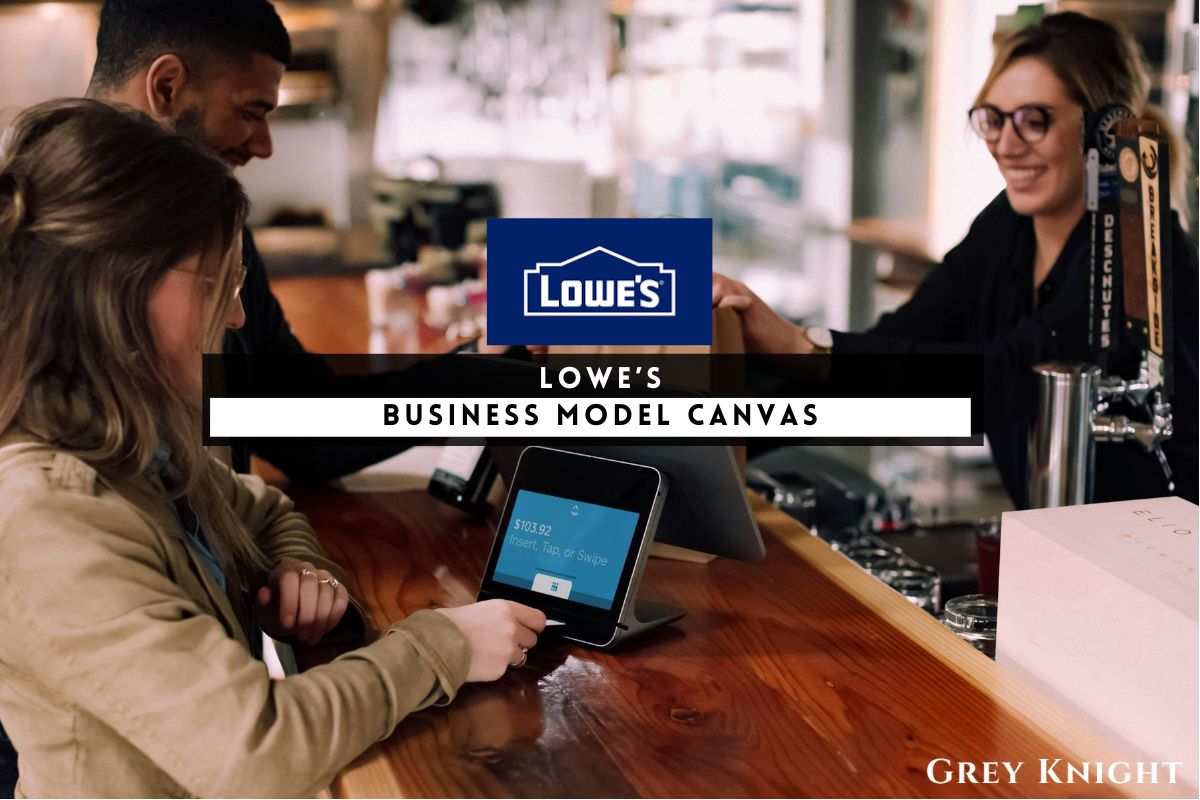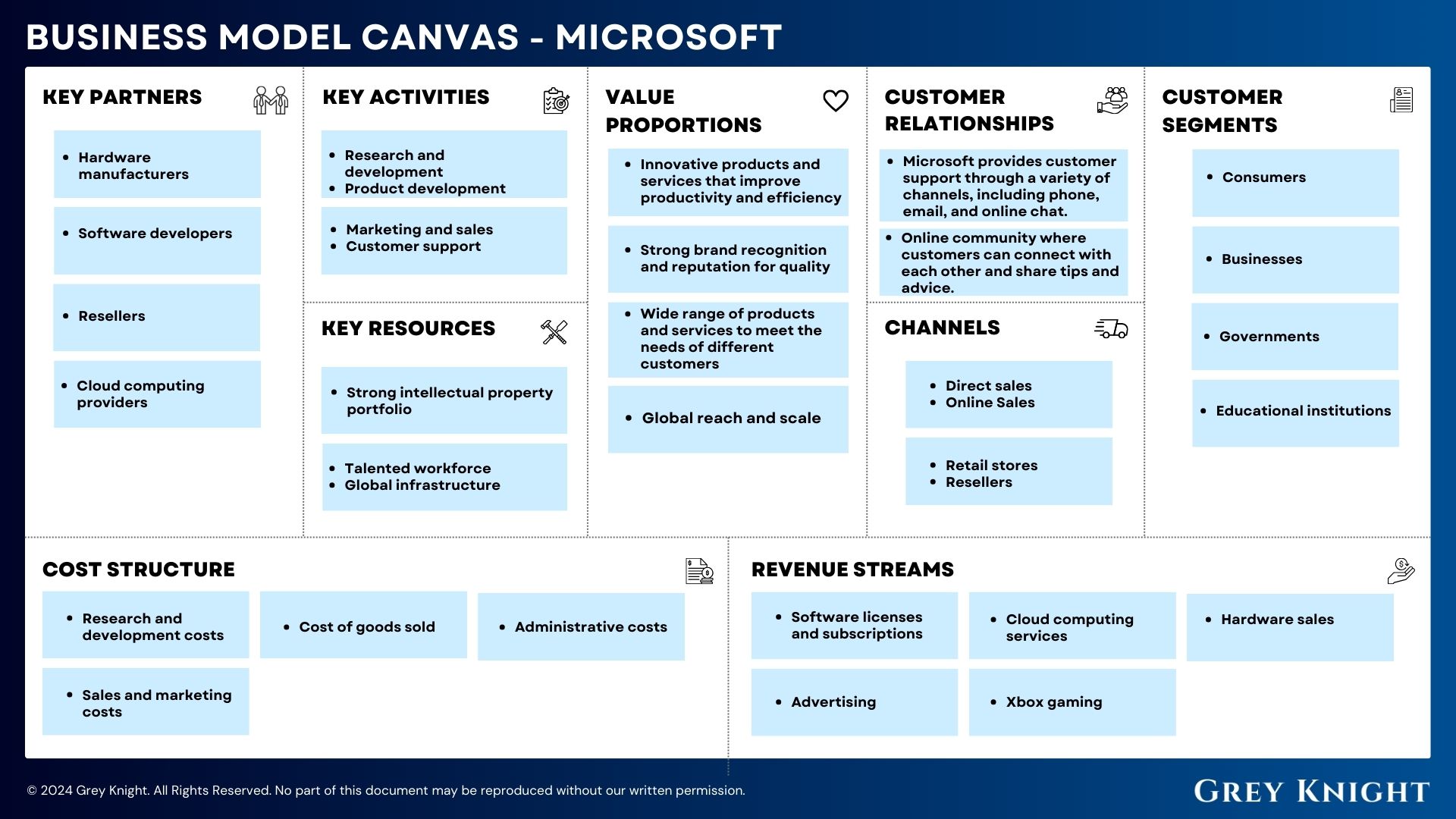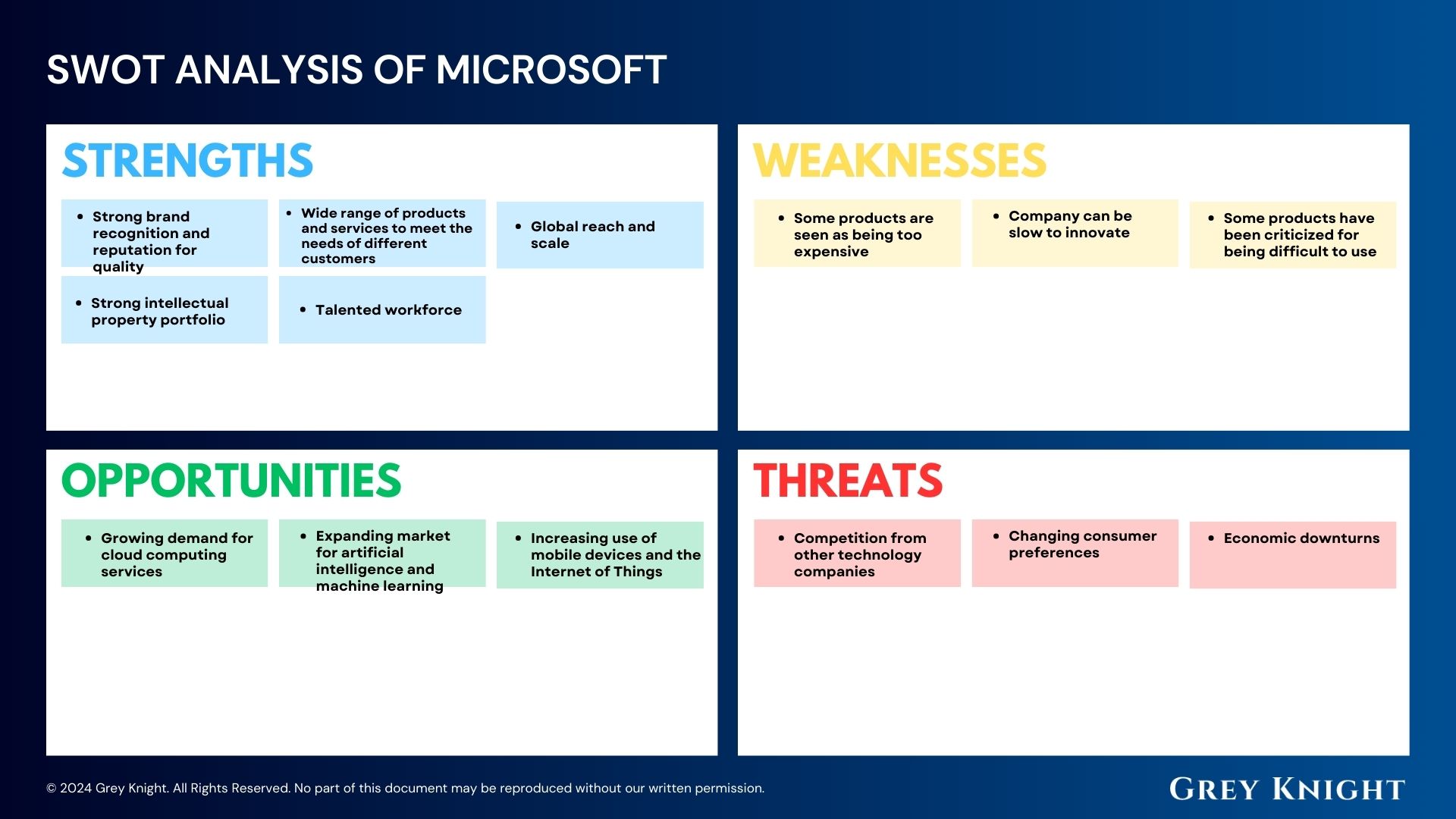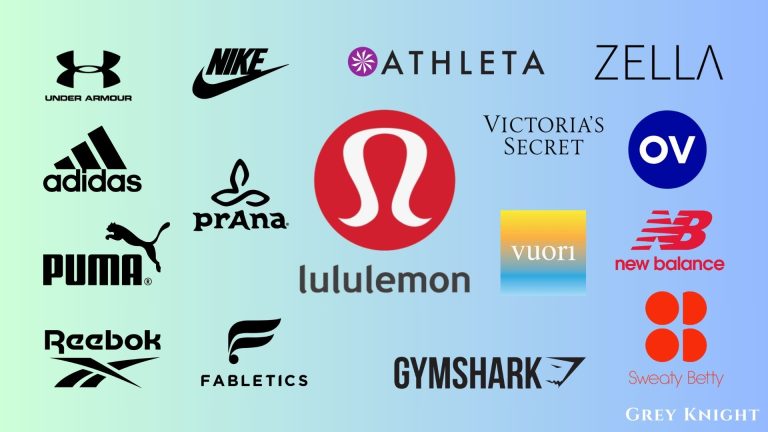Table of Contents
ToggleA Brief History of Lowe’s
Lowe’s Companies, Inc. was founded in 1946 in North Wilkesboro, North Carolina, by Lucius Smith Lowe and his brother-in-law Carl Buchan. The company started as a small hardware store and gradually expanded its product offerings to include building materials and appliances.
In the 1960s and 1970s, Lowe’s continued to grow and opened new locations across the southeastern United States. The company went public in 1961 and began trading on the New York Stock Exchange.
Throughout the 1980s and 1990s, Lowe’s experienced significant expansion and became a national home improvement retailer, competing with industry giant Home Depot. The company focused on providing a wide range of products to DIY enthusiasts and professional contractors, and it also introduced its own private-label brands.
In the early 2000s, Lowe’s expanded internationally by opening stores in Canada and Mexico. The company continued to grow and innovate, offering new services such as installation and project financing.
Today, Lowe’s Companies, Inc. is one of the largest home improvement retailers in the world, with over 2,200 stores in the United States, Canada, and Mexico. The company continues to be a leader in the industry, offering a wide range of products and services to help customers improve and maintain their homes.
Who Owns Lowe’s?
Lowe’s Companies, Inc. is a publicly-traded company, meaning that it is owned by its shareholders. The largest shareholders of Lowe’s Companies, Inc. are institutional investors, including mutual funds, pension funds, and hedge funds. The top 10 shareholders of Lowe’s Companies, Inc. as of the latest available information are:
1. The Vanguard Group
2. BlackRock, Inc.
3. State Street Corporation
4. Capital World Investors
5. Fidelity Investments
6. T. Rowe Price Associates
7. Capital Research Global Investors
8. Northern Trust Corporation
9. Geode Capital Management
10. Morgan Stanley
These institutional investors collectively own a significant portion of Lowe’s Companies, Inc. and have a significant influence on the company’s management and decision-making.
Lowe’s Mission Statement
Lowe’s Companies, Inc. mission statement is to help people love where they live. They are committed to offering quality products and exceptional customer service to help customers improve and maintain their homes. Lowe’s strives to create a welcoming and inclusive environment for both customers and employees, as well as to give back to the communities they serve through philanthropy and volunteerism. Their mission is to be the first choice for home improvement products and services and to make home improvement accessible and enjoyable for all.
How Lowe’s Makes Money?
Lowe’s Companies, Inc. operates as a home improvement retailer, offering a wide range of products and services for home improvement, maintenance, repair, remodeling, and decorating. The company’s business model primarily relies on selling products such as appliances, hardware, tools, and building materials to consumers and professionals. Lowe’s also generates revenue through installation services, such as kitchen and bathroom remodeling, flooring, and heating and cooling systems. Additionally, the company offers extended protection plans and credit financing options to further drive its revenue stream. This multi-faceted approach allows Lowe’s to capture revenue from various aspects of the home improvement industry and cater to a diverse customer base.
Lowe’s Business Model Canvas
The Business Model Canvas is a strategic management tool that allows businesses to visualize and analyze the key aspects of their business model in a single diagram. It consists of 9 building blocks that cover the main areas of a business and how they interact with each other. The canvas helps to identify the key elements of a company’s business model and serves as a blueprint for its operations.
Customer Segments:
1. Homeowners and DIY enthusiasts
2. Professional contractors and builders
Value Propositions:
1. Wide range of high-quality products
2. Expert advice and support
3. Competitive pricing
4. Convenient and well-maintained store locations
5. Installation services
Channels:
1. Brick-and-mortar stores
2. Online store
3. Mobile app
4. Pro sales team for professional customers
Customer Relationships:
1. Personalized in-store assistance
2. Customer loyalty program
3. Online reviews and feedback
4. Dedicated account managers for professional customers
Revenue Streams:
1. Sales of products and services
2. Installation and repair services
3. Pro sales for volume customers
4. Extended warranties
Key Resources:
1. Product inventory and supply chain
2. Store network and real estate
3. Skilled sales representatives and customer service personnel
4. Online platform and IT infrastructure
Key Activities:
1. Procurement and product selection
2. Store operations and inventory management
3. Marketing and promotions
4. Customer support and after-sales service
Key Partners:
1. Product suppliers and manufacturers
2. Delivery and logistics partners
3. Installation and repair service providers
Cost Structure:
1. Cost of goods sold
2. Store operational expenses
3. Marketing and advertising costs
4. Employee salaries and benefits
5. Technology and IT expenses.
Lowe’s Competitors
Lowe’s Companies, Inc. is a home improvement retailer that competes with several other companies in the sector. Its top competitors include Home Depot, Ace Hardware, Menards, True Value, and Amazon. These companies also operate in the home improvement and construction material market and provide similar products and services to customers. Lowe’s continually seeks to differentiate itself from its competitors through its product offerings, customer service, and in-store experience.
Lowe’s SWOT Analysis
Strengths
1. Strong brand recognition and reputation
2. Extensive network of retail stores
3. Wide range of products and services
4. Focus on customer service and satisfaction
5. Strong financial performance
Weaknesses
1. Limited international presence compared to competitors
2. Dependent on the North American market for revenue
3. Higher operating costs due to physical store locations
Opportunities
1. Expansion into international markets
2. Growing demand for home improvement and DIY projects
3. Online sales growth and omnichannel presence
4. Expansion of professional services for contractors and builders
Threats
1. Intense competition from other home improvement retailers
2. Economic downturns affecting consumer spending on home improvement
3. Price competition from online retailers
4. Changes in consumer preferences and behaviors
Concluding Analysis
As I wrap up my analysis of Lowe’s Companies, Inc., I am impressed by the company’s continued dedication to innovation and adaptability in the ever-changing retail landscape. With a strong business model focused on customer satisfaction and operational efficiency, Lowe’s is well-positioned for success in the future. Looking ahead, I anticipate that the company will continue to thrive, as it expands its digital capabilities and embraces new technologies to meet the evolving needs of consumers. As an analyst, I am confident in Lowe’s ability to maintain its position as a leader in the home improvement industry and to drive sustained growth in the coming years.
Additional Resources
To keep learning and advancing your career, we highly recommend these additional resources:
Business Model Canvas of The Top 1,000 Largest Companies by Market Cap in 2024
A List of 1000 Venture Capital Firms & Investors with LinkedIn Profiles
Peter Thiel and the 16 Unicorns: The Legacy of Thiel Fellowship












